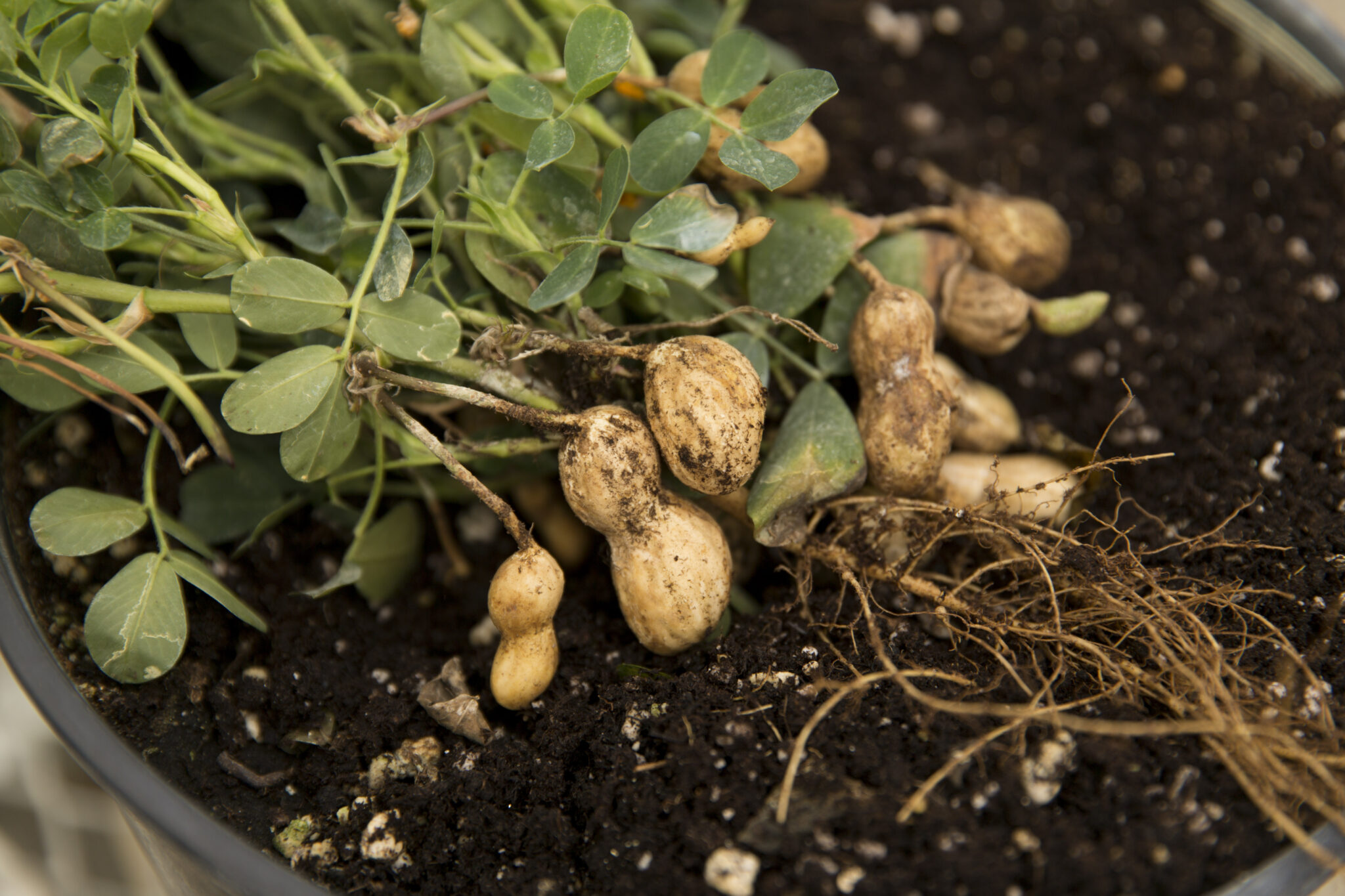By Gil Landry
University of Georgia
Keeping your lawn vibrant and green year-round may take more than one grass. And you can have just that by overseeding your warm-season grass with a cool-season variety.
For successful overseeding, you need to:
* Choose the proper seed.
* Properly prepare for and time the overseeding.
* Carefully maintain the overseeded grass.
* And attentively manage the spring transition back to the warm-season grass.
You also need to maintain a healthy warm-season turf all year. It's particularly important to keep the soil fertile, relieve soil compaction and prevent excessive thatch.
The best for your needs
The proper seed is the grass with the characteristics best suited to your particular needs. Annual ryegrass has fast been replaced by perennial ryegrasses because of their improved quality, stress and pest tolerance and manageability.
Overseeding rates in lawns range between 5 and 10 pounds per 1,000 square feet. Use high-quality, "Certified" (blue tag) seed that's free of annual bluegrass (Poa annua) to maintain weed-free turf.
Use seed treated with fungicides, too, such as Apron or Koban. This is particularly true for early fall, since seedling blight diseases can be a problem at this time.
10 pound fast, 5 pound thin
The 10-pound rate provides a fast stand for fall use. The 5-pound rate provides a thinner stand that doesn't provide much coverage until spring.
The right seeding rate depends on how you want it to look and how much traffic the turf will bear. Higher-traffic areas need higher seeding rates. However, higher seeding rates may also mean a more difficult spring transition.
Proper timing results in a gradual transition from the warm-season turf to the cool-season turf and back again. Some common indicators for timing include:
* Soil temperatures at a 4-inch depth approaching 75 degrees Fahrenheit.
* Night temperatures consistently in the 50s.
* Average midday temperature below 70, or two to four weeks before the average annual first killing frost.
Soil-to-seed contact essential
The best way to make the actual overseeding successful is to get good soil-to-seed contact. Seedbed preparation generally consists of close mowing or scalping, with some light vertical mowing, and sweeping or vacuuming up the loose plant debris.
Generally, the more the turf is opened, the better the establishment rate, but the more competitive the cool-season turf will be in the spring. Seeds that germinate in thatch or above the soil are more likely to dry out and die.
After dragging the seed into the soil, irrigate three to five times per day until the seedlings are well established. But the total water applied during a day would seldom exceed 0.5 inches.
Irrigate without causing puddling on the soil surface, for free water encourages disease. After the seeds germinate, gradually cut back on the frequency and increase the time of watering until you can establish a normal irrigation program.
Begin mowing when the seedlings are 30 percent higher than you want. Use a mower with sharp blades and mow when the grass is dry to reduce seedling injury.
Fertilize three weeks after seeding
Wait to fertilize until after the seedlings emerge. That's usually three weeks after seeding. Earlier fertilizing may encourage warm-season turf competition. Generally, 1 pound of N per 1,000 sq. ft. per month is adequate.
Most turf managers are recognizing the value of a year-round turf management program to a smooth spring transition. Proper fertilization, irrigation, mowing, thatch control, cultivation and pest management all year affect the transition.
A good transition also requires knowing and making use of normal climatic conditions. Most warm-season turf grasses resume growth when soil and night temperatures approach 60 degrees.
Change mowing heights
Maintaining a mowing height that prevents the overseeding from shading out the warm-season grass is critical to a smooth transition.
Lowering the mowing height as the soil warms will stress the cool-season turf and aid in soil warming. When temperatures are high enough, applying soluble nitrogen can encourage warm-season growth and encourage cool-season decline.
The key to successful overseeding is the same as with most other turf management programs: proper year-round management and understanding the growing conditions being dictated by the weather.






